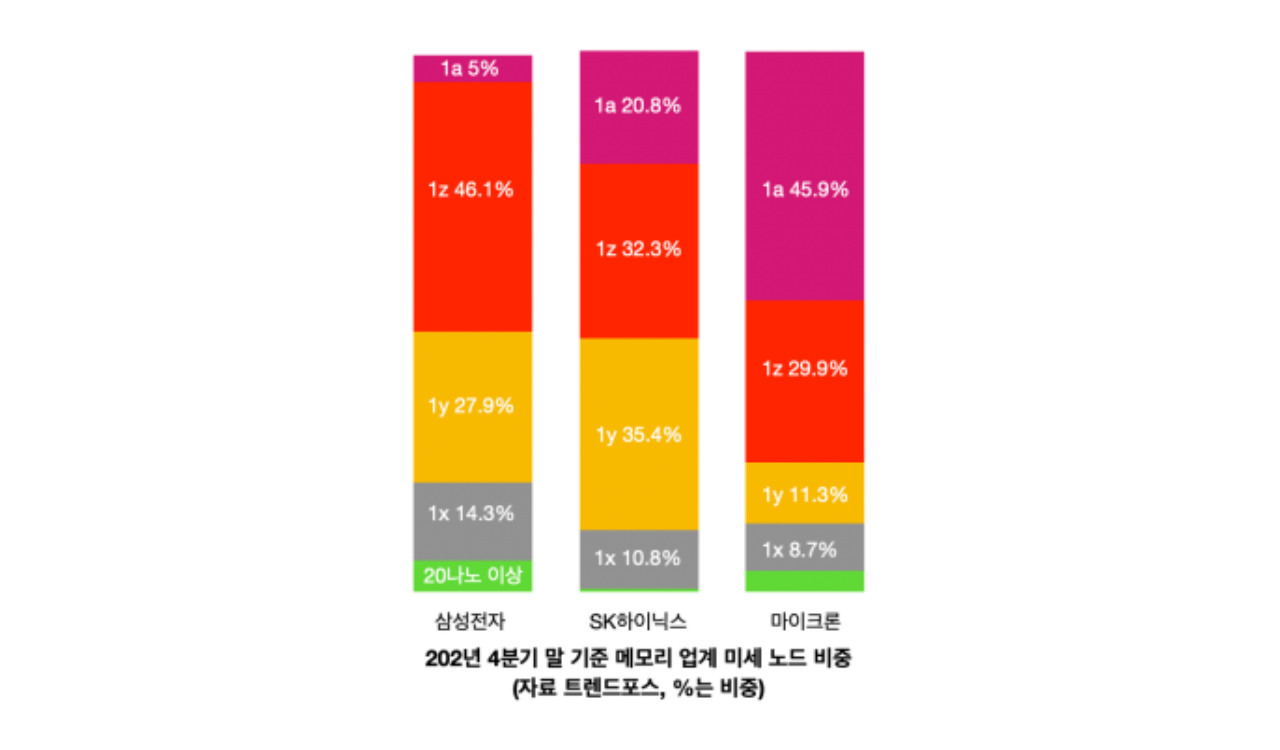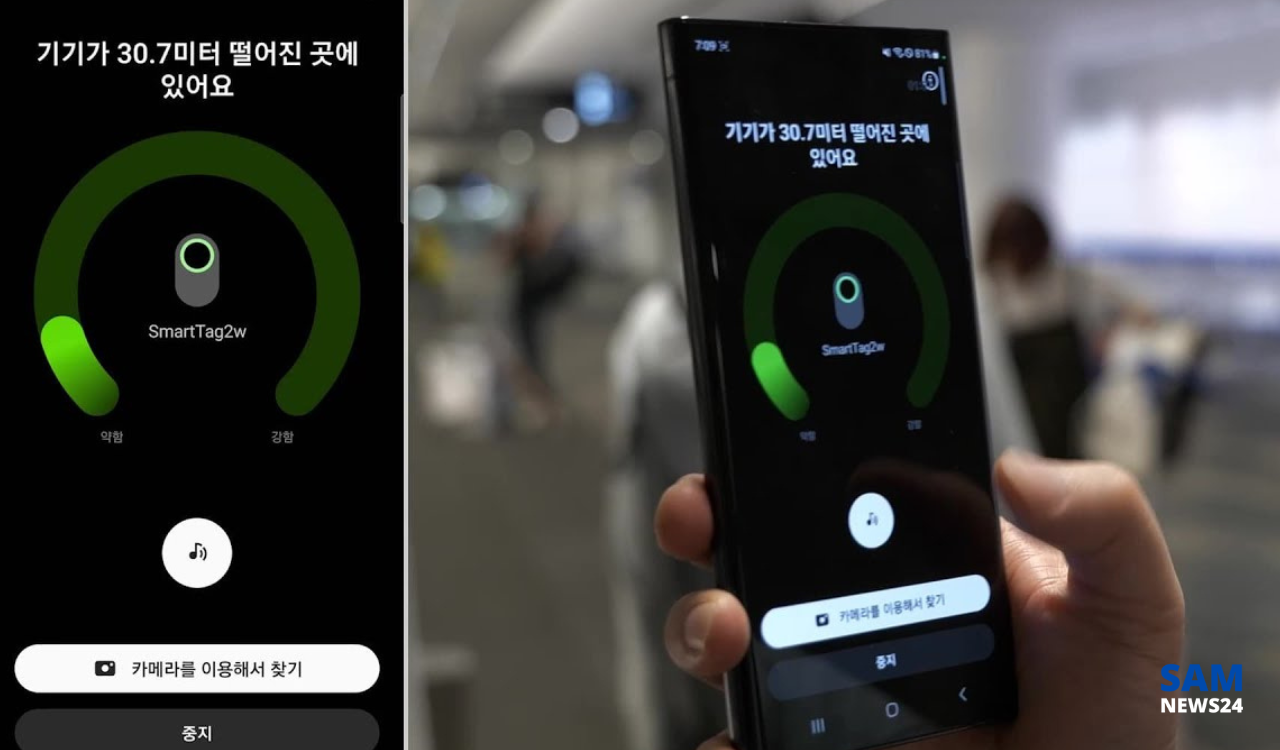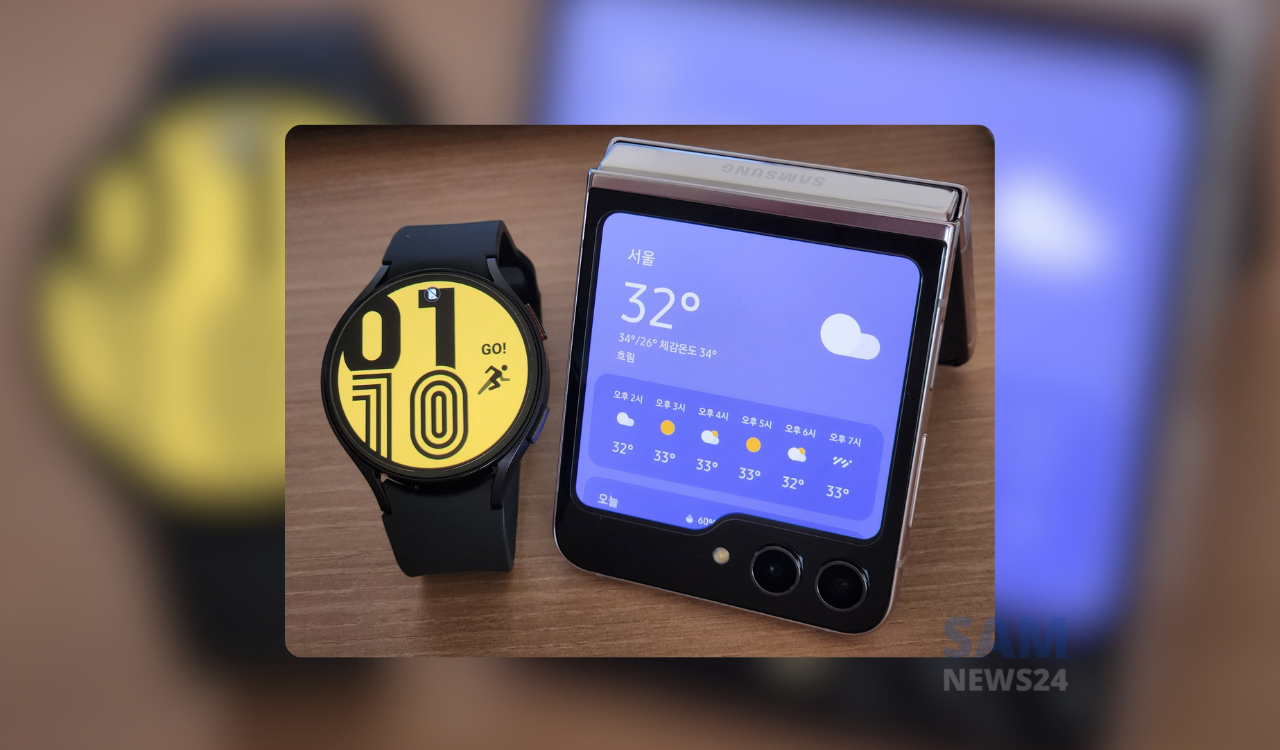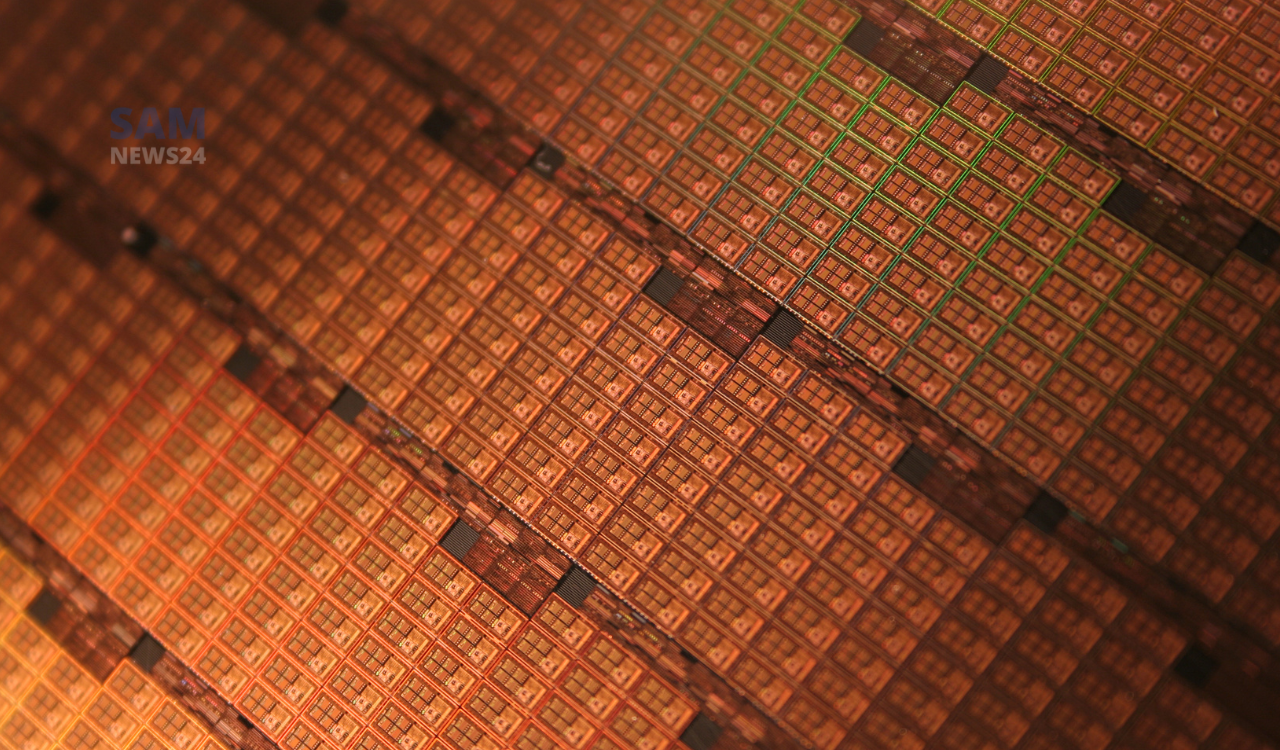Reportedly, Samsung Electronics, SK Hynix, and Micron’s DRAM remained on a similar level in terms of DRAM. As per the latest stats from Trend Force, Samsung Electronics accounted for 46.1% of 1z-nano DRAM production, SK Hynix 32.3%, and Micron 29.9% as of the end of last year. The share of 1a DRAM production with a line width finer than 1z was 5.7% for Samsung Electronics, 20.8% for SK Hynix, and 45.9% for Micron.
The degree of miniaturization determines the number of dies that can be extracted from one wafer. The higher the proportion of microprocessing, the more chips can be produced per wafer. The South Korean tech giant which ranks first along with Micron and SK Hynix, is also estimated to have recorded a large-scale loss in the memory business in the first quarter. Recently, Samsung announced that “We are lowering memory production to a meaningful level.”

An industry insider said, “In the past, there was a cost gap of about 1 year to 1 year and 6 months between Samsung and latecomers,” and “but now no one acknowledges the gap.” The official said, “There are various reasons for the introduction of EUV and technological barriers, but Samsung has maintained a gap by overcoming high technological barriers at each time in the past.” That’s why the criticism that the development was neglected comes out,” he said. As for NAND flash, Samsung Electronics is said to have had difficulties mass-producing its first double-stack (V7)-applied product.
Samsung Electronics processes one mask for 1z and 4 to 5 masks for 1a node through the EUV process. SK Hynix started to apply EUV to one mask in 1a DRAM production. Micron will utilize EUV from 1c node DRAM in 2024.



























